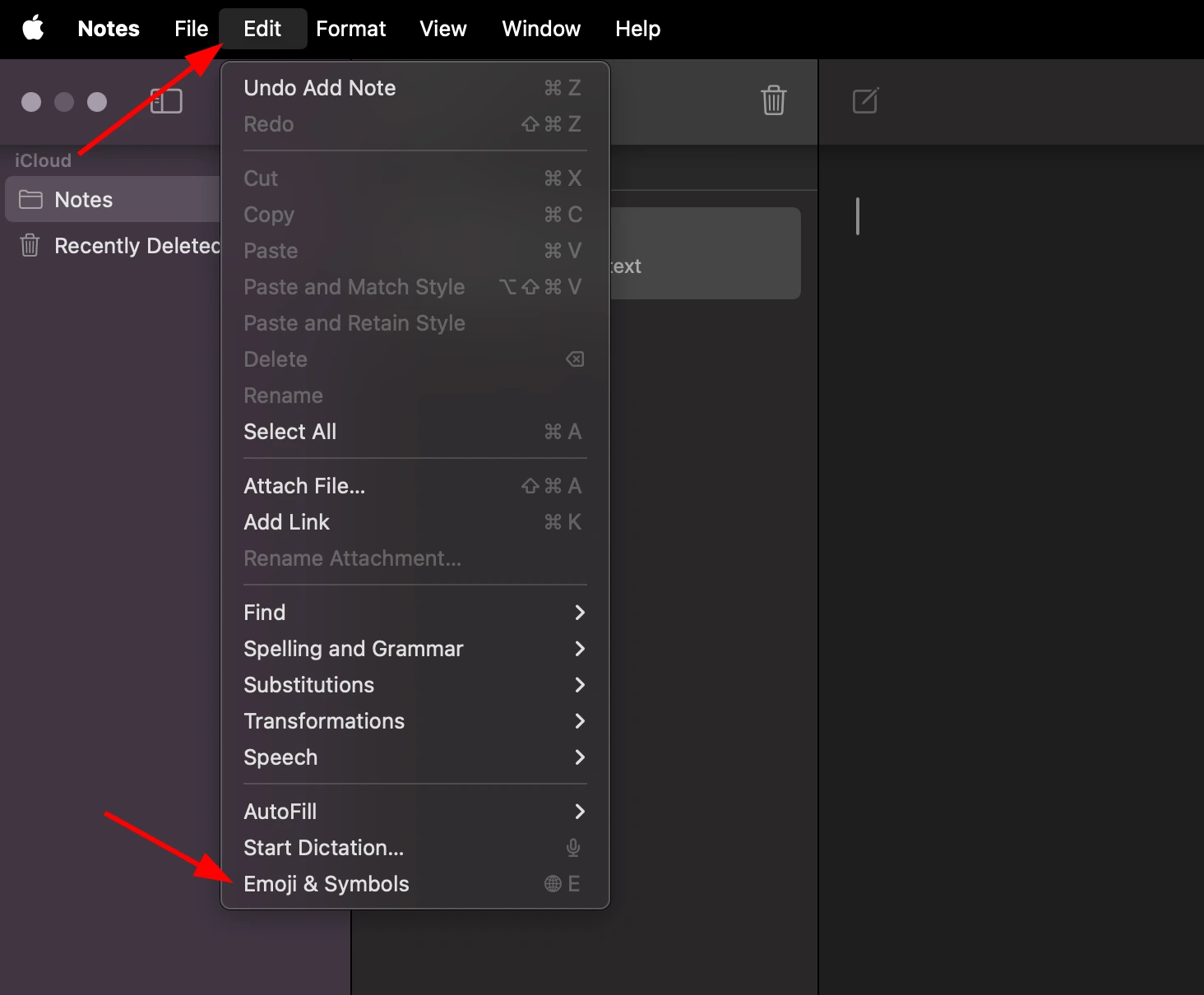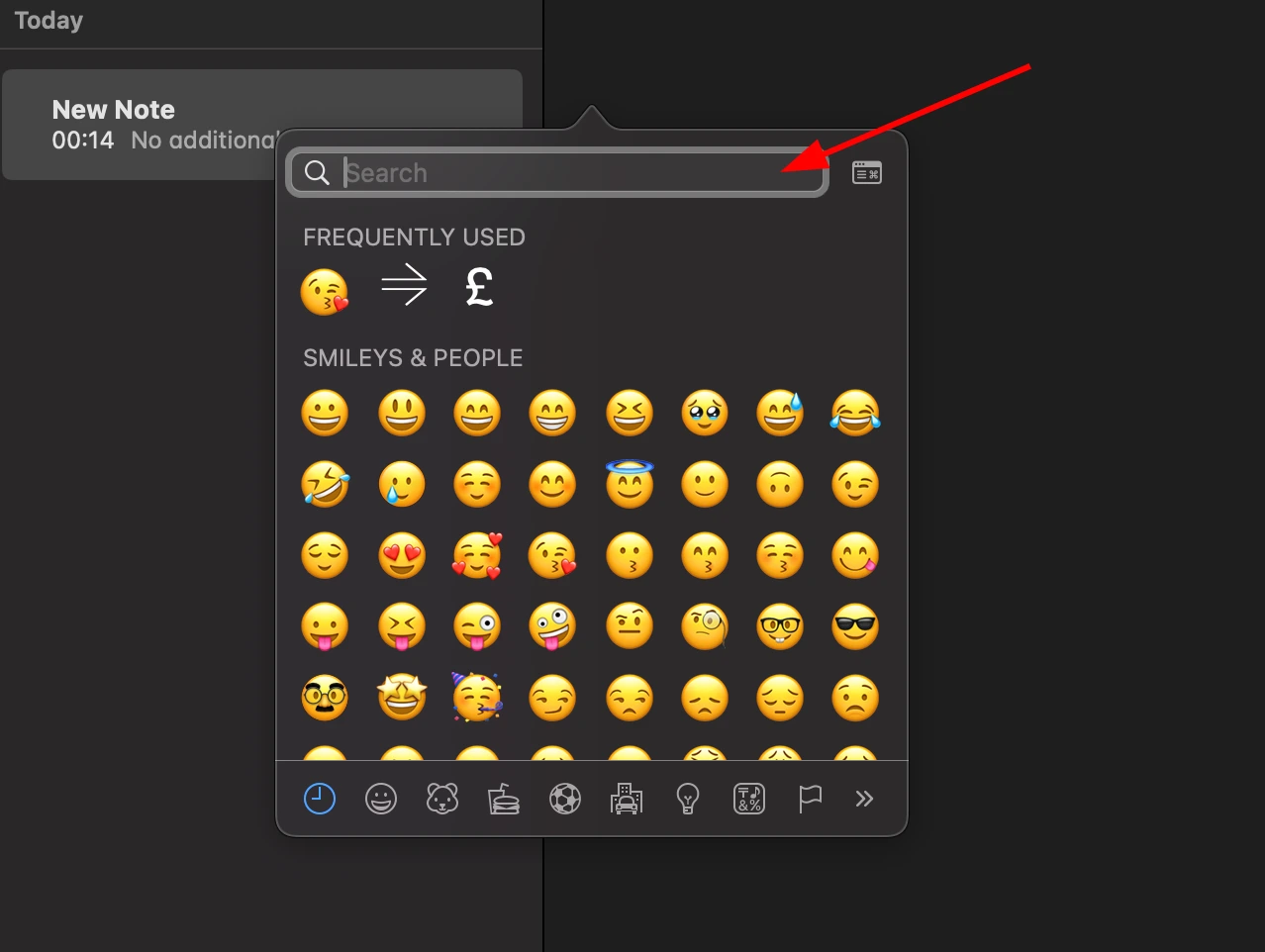Hammer and Sickle Symbol ☭
The Hammer and Sickle, an iconic symbol, is closely associated with communism, socialist movements, and the struggle for workers' rights. Combining the imagery of a hammer and sickle, this symbol represents the unity of industrial and agricultural labor. In this article, we'll explore the origins, meaning, and historical significance of the Hammer and Sickle symbol, delving into its evolution, impact, and contemporary perspectives.
Origin and Historical Context
The Hammer and Sickle emerged during the Russian Revolution of 1917 and became a symbol of the Bolsheviks, representing the alliance between the industrial proletariat (hammer) and the agricultural peasantry (sickle). The revolutionary fervor sought to address the social and economic disparities of the time. As the symbol gained prominence, it encapsulated the ideals of collective ownership, equality, and the pursuit of a classless society. It later became widely adopted by communist and socialist movements worldwide.
Symbolic Elements
The Hammer: The hammer represents industrial labor and the urban working class, symbolizing the power to build and shape the future through industrial production.
The Sickle: The sickle represents agricultural labor and the rural working class, symbolizing the power to harvest and feed the population through agricultural production.
Communist and Socialist Movements
The Hammer and Sickle became a symbol of various communist and socialist movements, political parties, and governments worldwide. It adorned flags, emblems, and propaganda materials, serving as a visual representation of the collective efforts to establish societies based on socialist principles. The symbol resonated with the ideas of Karl Marx and Friedrich Engels, advocating for the empowerment of the working class and the transformation of economic structures.
Historical Context
Throughout the 20th century, the Hammer and Sickle was prominently featured on flags, emblems, and propaganda of communist states, including the Soviet Union and its satellite countries. It symbolized the collective effort towards building a socialist society, industrializing nations, and addressing social inequalities. However, the historical context also includes criticism and controversy due to the association of the symbol with authoritarian regimes and events that sparked global tensions, such as the Cold War.
Contemporary Perspectives
In contemporary times, the Hammer and Sickle remains a symbol that evokes diverse reactions. While some view it as a potent emblem of workers' unity, social justice, and historical struggles against oppression, others criticize its association with regimes that have been accused of human rights abuses and authoritarianism. The symbol's complex legacy continues to spark debates on the balance between its historical significance and its impact on political and social discourse.
Conclusion
The Hammer and Sickle, with its dual representation of industrial and agricultural labor, stands as a symbol deeply embedded in the history of communism and socialist movements. Its evolution reflects the changing socio-political landscapes of the 20th century. The symbol represents not only the aspirations for a more equitable society but also the challenges and controversies that surround ideologies associated with its historical use. As society continues to evolve, the Hammer and Sickle remains a reminder of the complex interplay between ideology, symbolism, and the ongoing pursuit of social justice.
Copy to Clipboard
Hammer and Sickle Symbol Information
| Symbol Name | Hammer and Sickle |
| Unicode Version | 1.1 (June 1993) |
| Unicode | U+262D |
| CSS Code | \262D |
| Hex Code | ☭ |
| HTML Code | ☭ |
Hammer and Sickle Symbol Encoding
| UTF-8 | 0xE2 0x98 0xAD |
| UTF-16 | 0x262D |
| UTF-32 | 0x0000262D |
Table of contents
- Hammer and Sickle PNG and SVG files
- How to type hammer and sickle on Microsoft Word
- How to type hammer and sickle on Microsoft Windows
- How to type hammer and sickle on Mac OS
- How to type hammer and sickle on Linux
- How to type hammer and sickle on IOS and Android
- How to use hammer and sickle in CSS
- How to use hammer and sickle in HTML
- Hammer and Sickle representation in programming languages
Hammer and Sickle symbol's PNG and SVG files
How to add hammer and sickle symbol via keyboard on different Operating systems
You can type the hammer and sickle on most modern devices with the help of following methods:
How to type hammer and sickle symbol on Microsoft Word
You can type the hammer and sickle on microsoft Microsoft Word using steps mentioned below:
- Place your cursor in the text area where you need to insert the symbol and type 2 6 2 D
- Without moving the cursor press keys Alt + x together
- The original 2 6 2 D is now transformed into ☭
How to type hammer and sickle symbol on Microsoft Windows
You can type the hammer and sickle on Microsoft windows using following steps:
- Hold Alt and press to type hammer and sickle on your windows machine.
How to type hammer and sickle symbol on Mac OS
You can type the hammer and sickle on Mac OS using following steps:
- Place your cursor in the text area where you need to insert the symbol
- Press Ctrl + ⌘ Command + ⎵ Space to bring up the Character Viewer. Alternatively, choose Edit ⇒ Emoji & Symbols
- Type “Hammer and Sickle” in the search field at the top and press Enter
- The symbol should appear. Click on it to insert it into your text


How to type hammer and sickle symbol on Linux
You can type the hammer and sickle on Linux using following steps:
- Place your cursor in the text area where you need to insert the symbol
- Hold ⇧ Shift + Ctrl and press the letter + U
- Press keys 2 6 2 D consecutively
- And then press ↵ Enter , the desired symbol will be added to your document
How to type hammer and sickle symbol on IOS and Android
The easiest way to type the hammer and sickle on ios and android is to copy and paste it wherever you need it.
How to use hammer and sickle in CSS
span {
content: "\262D";
}
How to type hammer and sickle in HTML
<span>☭</span>
Hammer and Sickle symbol representation in programming languages
hammer and sickle's representation in different programming languages can be found in table below:
| Language | Representation |
| Rust | \u{262D} |
| Ruby | \u{262D} |
| Python | \u262D |
| PHP | \u{262D} |
| Perl | "\x{262D}" |
| Java | \u262D |
| Modern JavaScript - Since ES6 | \u{262D} |
| JavaScript | \u262D |
| Go | \u262D |
| C# | \u262D |
| C and C++ | \u262D |
| Bash and Zsh - inside echo -e | \u262D |
| RFC 5137 | \u'262D' |
